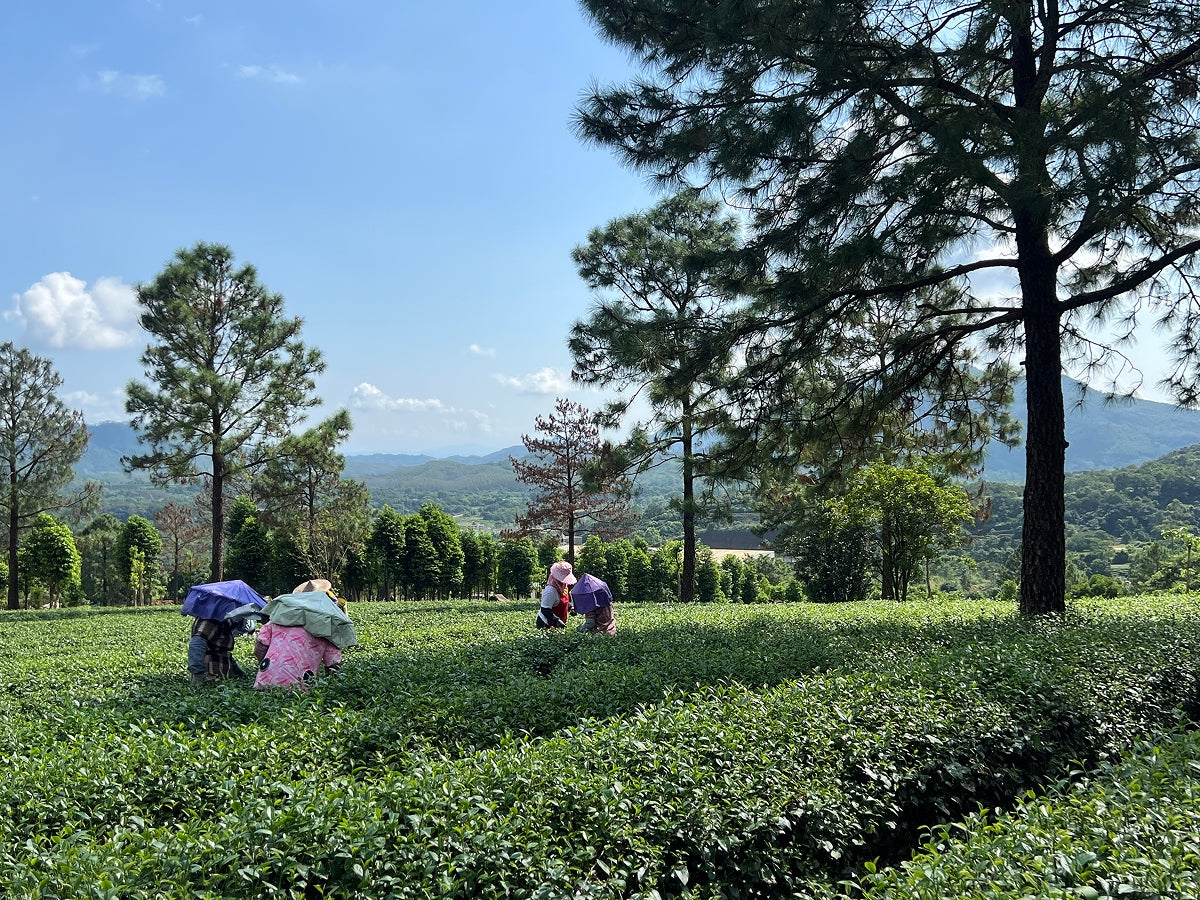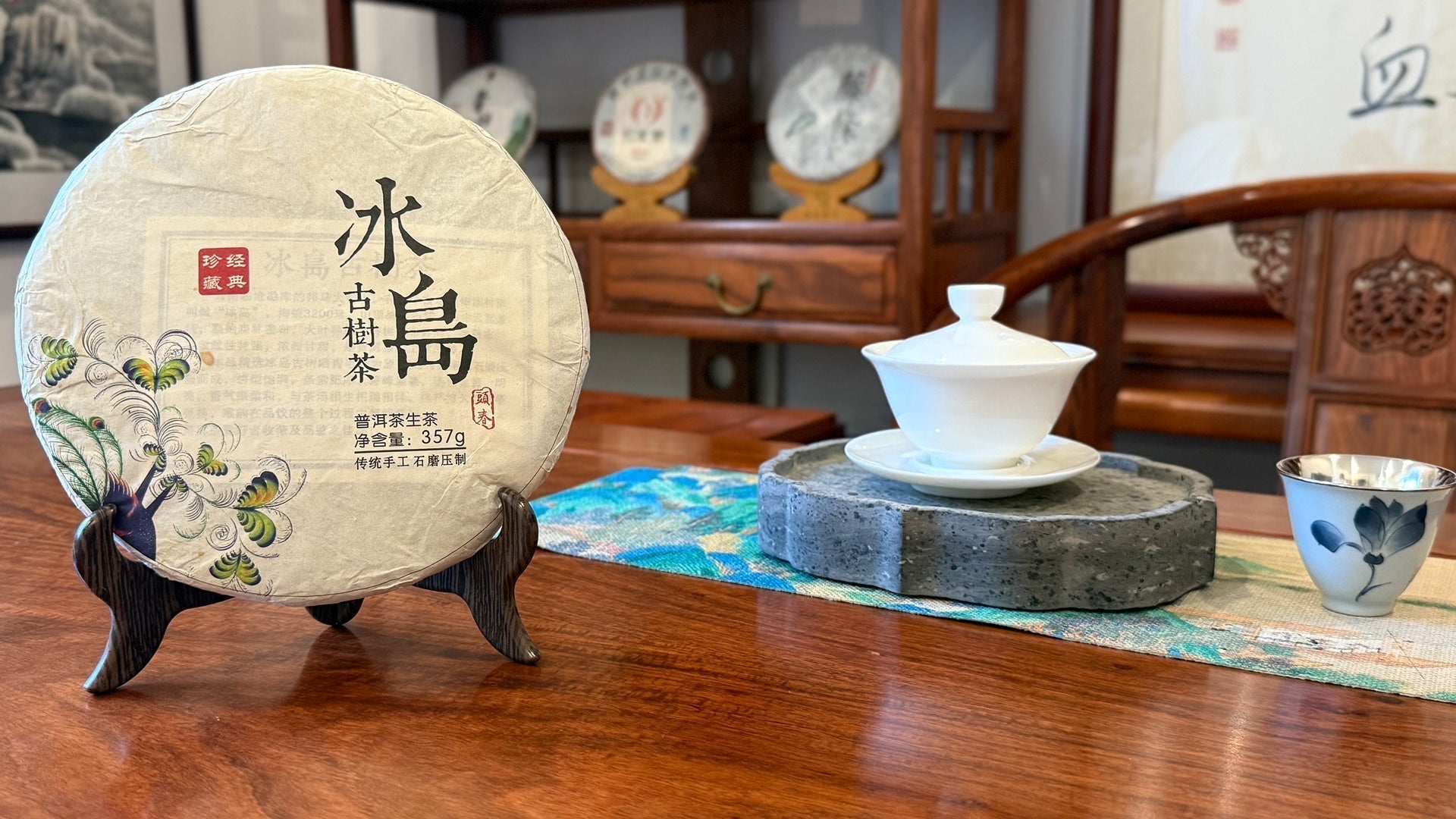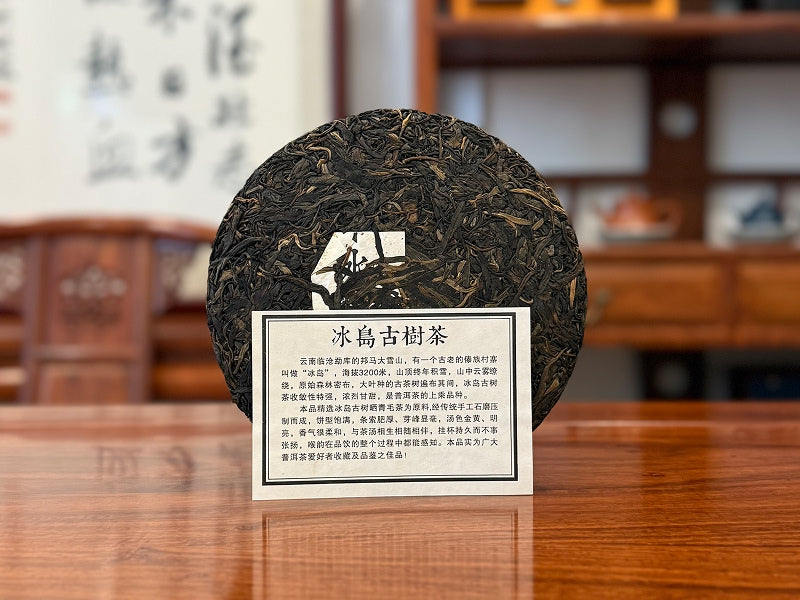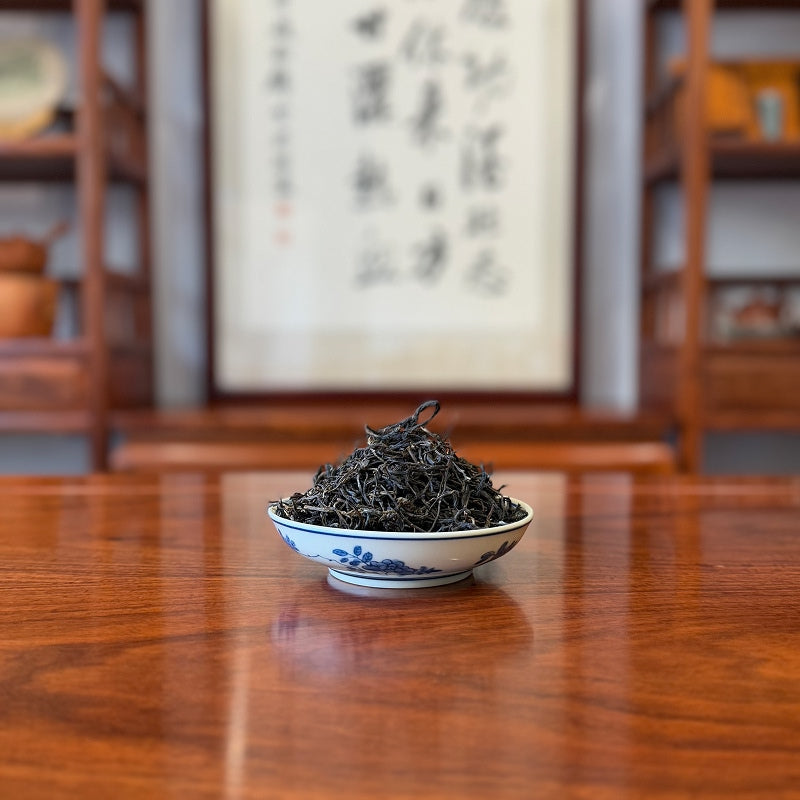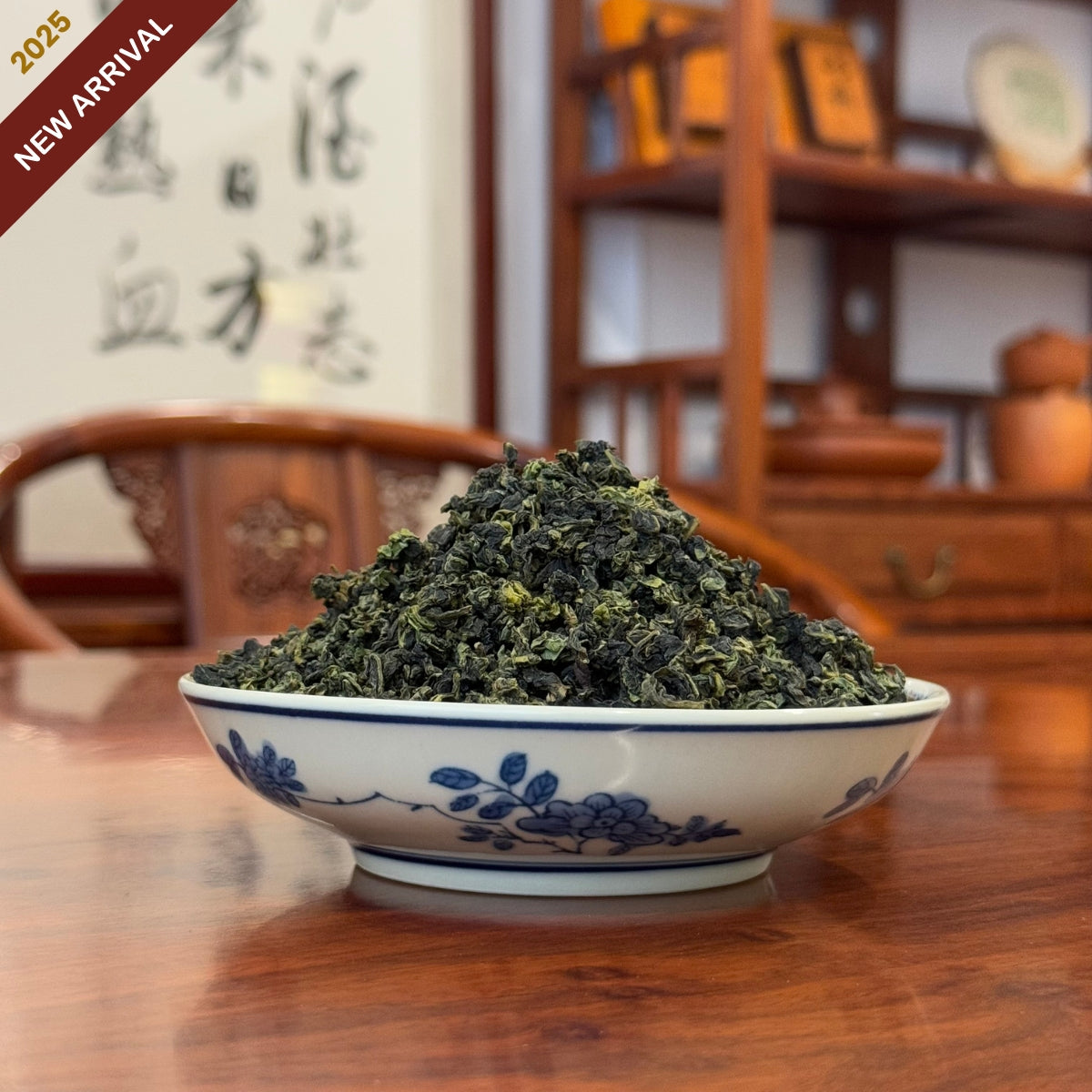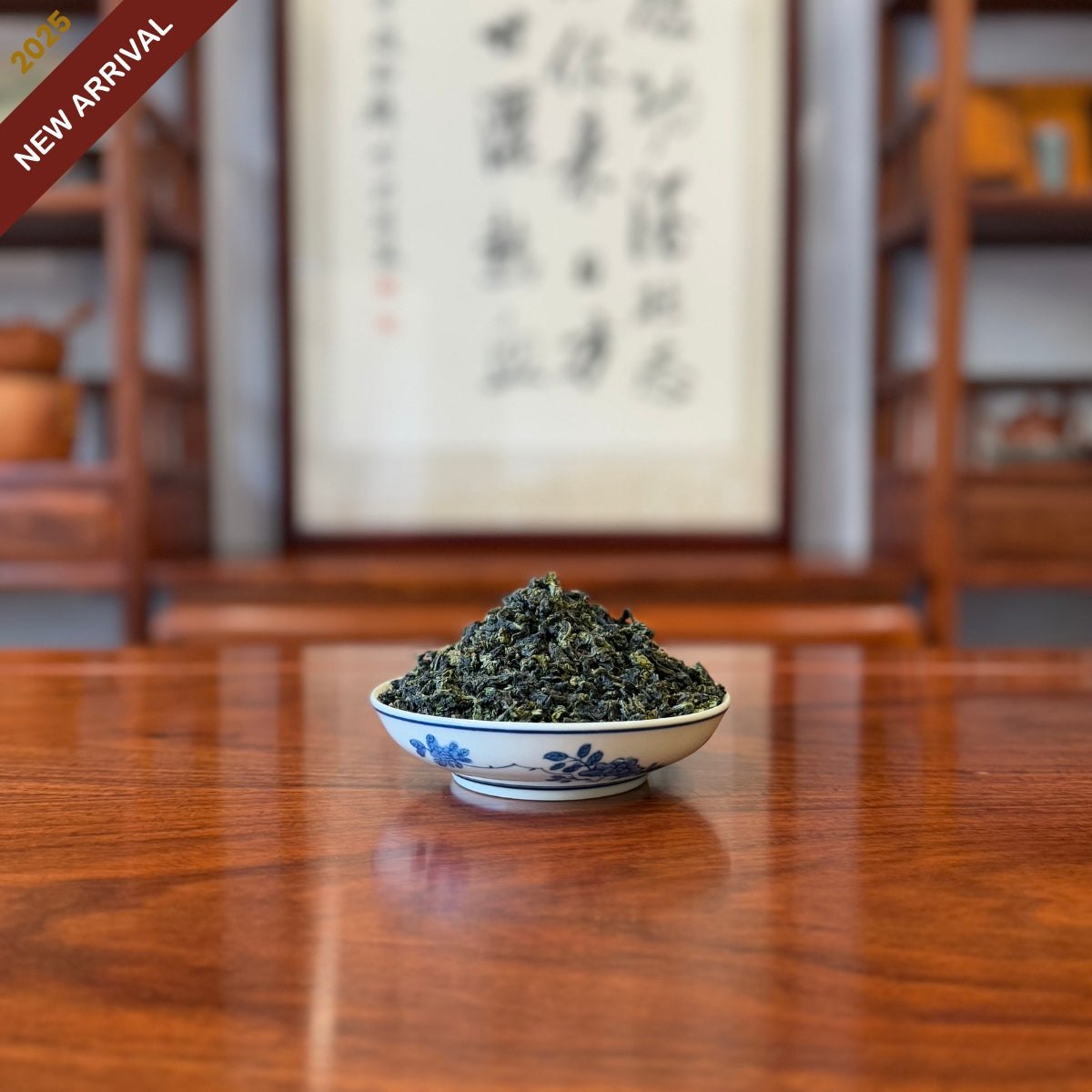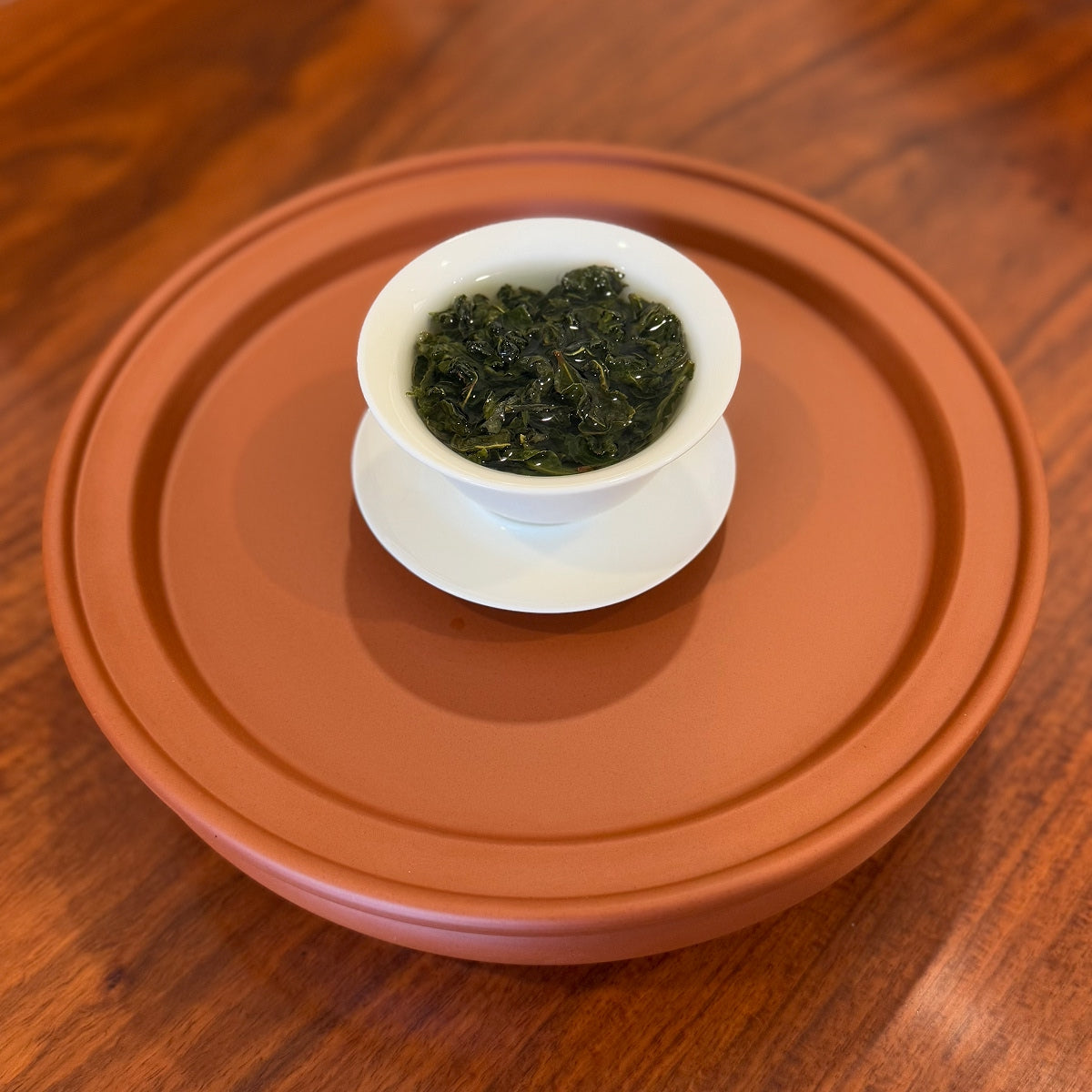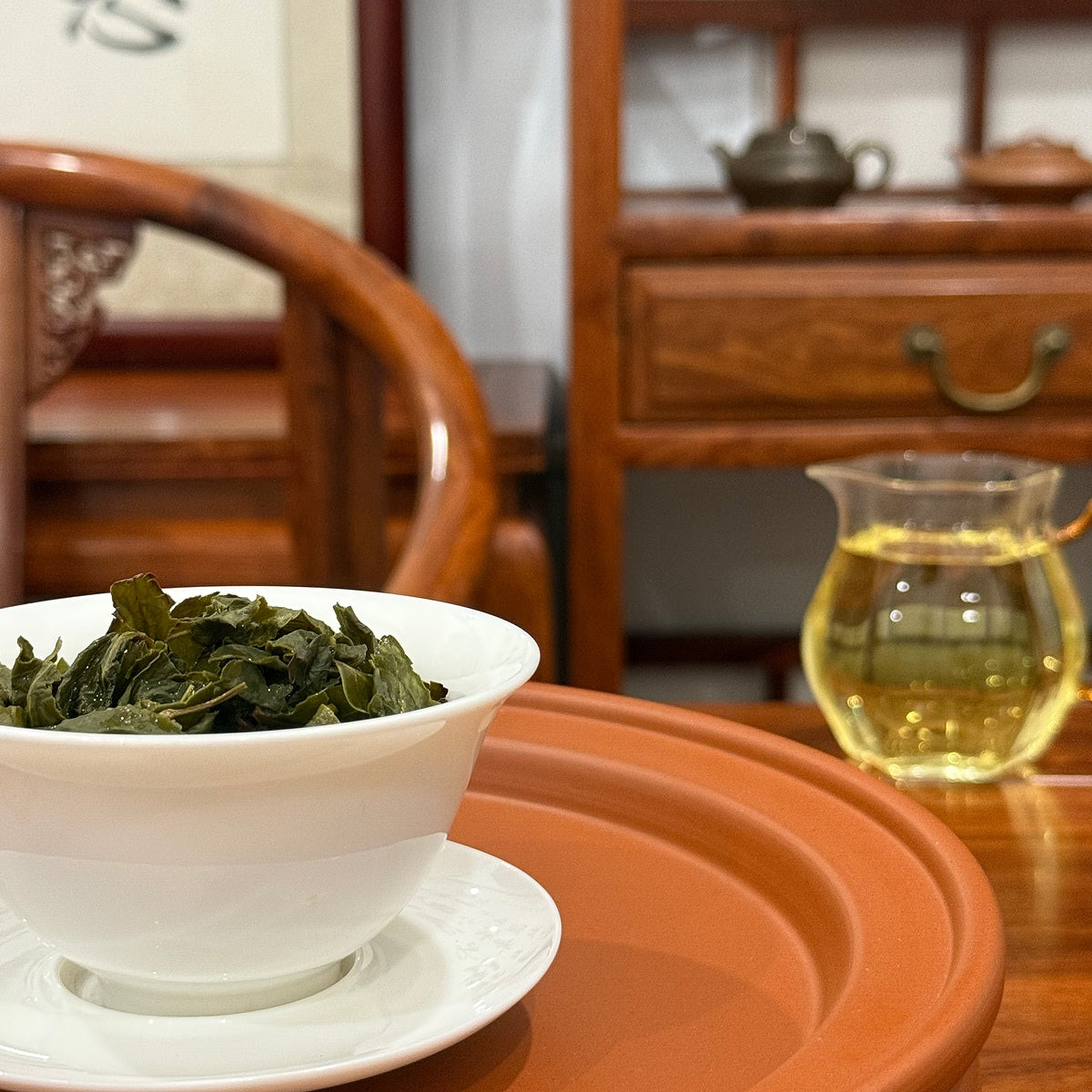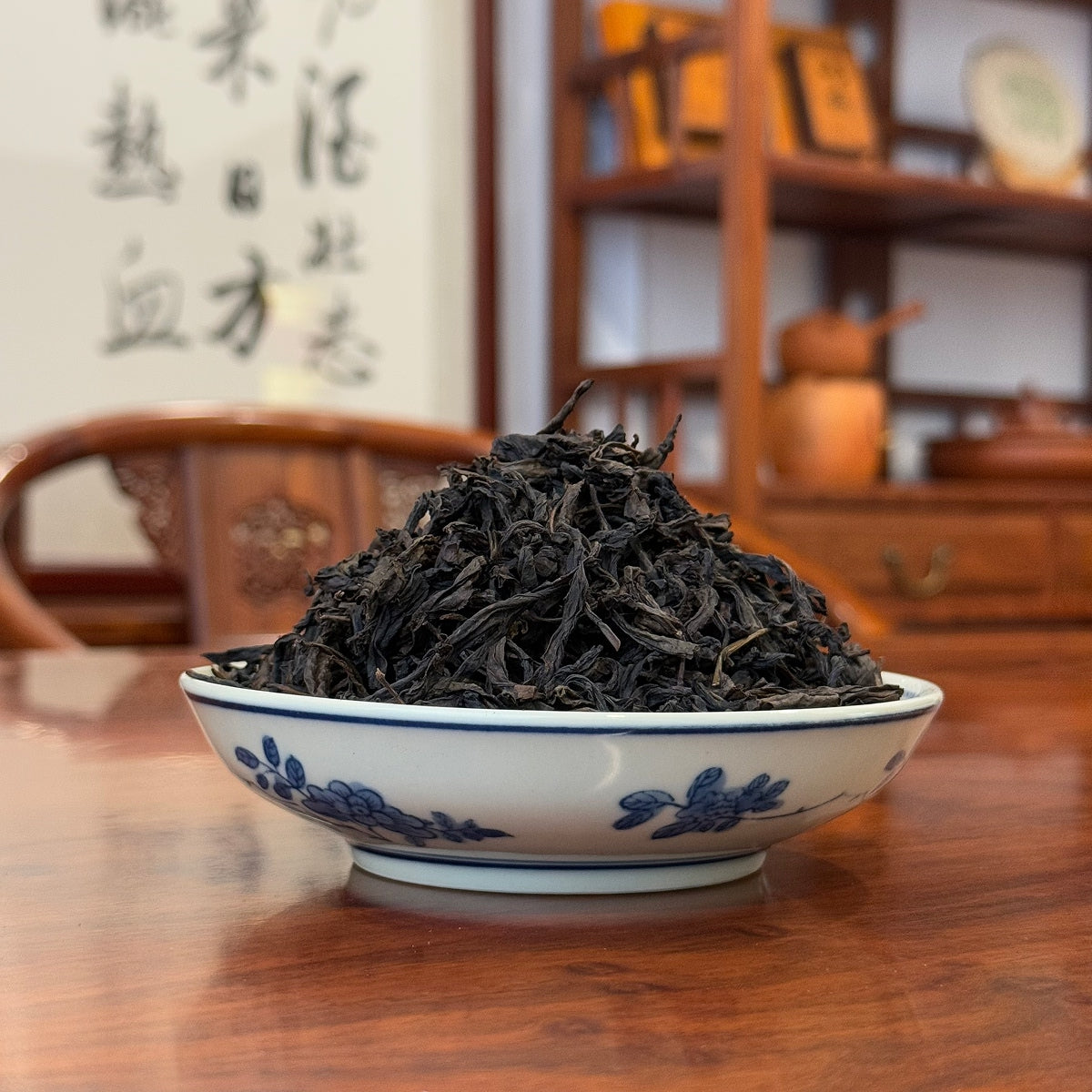
As a longtime oolong tea enthusiast, if I were to recommend a first tea for newcomers, my immediate choice would be Wuyi Shui Xian tea (also known as Shui Hsien tea).
Having worked in the tea industry for many years, I’ve seen countless seasoned tea drinkers—especially those devoted to Wuyi Rock teas—ultimately fall in love with Shui Xian oolong tea. This tea’s rich complexity makes it a perfect introduction to traditional Chinese teas.
What Makes Shui Xian Wuyi Rock Oolong Tea Special

These Shui Xian tea trees grow in the crevices of the Wuyi Mountains’ rocks. When processed using traditional oolong techniques, they are considered the best at reflecting the soil composition and microclimate of northern Fujian. A cup of authentic Chinese Shui Xian tea can reveal the essence of the land through its taste and aroma.
To truly enjoy a fine cup of Shui Xian oolong tea, the prerequisite is of course purchasing it from a trusted tea merchant. Paired with the proper brewing technique, its strengths are fully unlocked. Like people, teas have both strengths and weaknesses; improper brewing can amplify flaws, while the right method highlights the tea’s virtues, which are the source of pleasure.
The best way to understand its unique brewing process is to see it in action. Watch the video below to get a visual guide before we dive into the details.
Next, we’ll provide a more detailed, step-by-step illustrated guide to brewing and tasting Shui Xian tea.
Preparing to Brew Shui Xian Tea
Today, let’s brew a pot of Shui Xian tea together.

I first turn on the electric stove and slowly warm the sand clay kettle.
Made from porous sand clay, this kettle can absorb impurities and odors from the water, resulting in a softer taste. Most importantly, unlike iron or copper kettles, it does not impart metallic notes, preserving the authentic flavor of Shui Xian oolong tea.

Once the water boils, I preheat a Duan clay zisha teapot and other teaware with hot water. Duan clay is slightly more porous than Zhu clay but less dense than Zi clay, striking a balance between aroma and taste.
Brewing Shui Xian Oolong Tea: Step by Step
Step 1: Add Tea Leaves

I add 8 grams of our 2024 Shui Xian Wuyi Rock oolong tea into a 150ml zisha teapot. Tip for tea lovers: high-quality Shui Xian tea often becomes smoother and richer with age, especially after thorough roasting.
Step 2: Rinse the Tea
I pour boiling water from the sand clay kettle over the tea, cover the teapot, and quickly discard the first infusion. This “awakening” or rinsing infusion both wakes the leaves and removes dust, preparing the tea for optimal flavor extraction.
Step 3: First Infusion

For the first official infusion, I steep the tea for about 5 seconds. This timing reflects both the tea-to-water ratio and my personal preference for flavor intensity. As the tea pours out, a subtle fragrance rises.
Tea connoisseurs know this first infusion is only an introduction; the tea’s internal compounds are just being activated, and its full aroma and richness will reveal themselves in subsequent infusions.
Step 4: Second Infusion

During the second infusion, also steeped for about 5 seconds, the leaves gradually unfurl, and the tea tastes smooth with hints of fruit and orchid notes.
At this stage, the most remarkable aroma comes from the brewed leaves themselves. Authentic Shui Xian tea carries a clean mountain character, reminiscent of rocks—pure and distinct.
Step 5: Third to Sixth Infusions

From the third to the sixth infusion, I keep the steeping time under 10 seconds. The tea’s character is like the sun rising from morning to noon—reaching its fullest, most vibrant stage.
The tea is rich and potent, the fragrance lifts, and the mineral “rock rhyme” is most apparent.
Step 6: Seventh Infusion and Beyond

The seventh infusion often marks the transition from a rich to a lighter tea. The taste softens, and the rock flavor becomes more restrained, like the sun slowly moving from midday toward evening.
Though the intensity diminishes, the lingering sweetness becomes more pronounced, offering a lighter yet enduring flavor.
From the eighth to the twelfth infusion, I steep for no more than 15 seconds. Tea enthusiasts refer to this stage as the “tail water,” where the tea becomes more delicate but remains enjoyable.
How Many Infusions Can You Enjoy with Shui Xian Oolong Tea?
Every tea behaves differently depending on the brewer’s technique and habits. Personally, this Shui Xian oolong tea can be brewed up to the fifteenth infusion while still retaining flavors I enjoy. It’s a process that feels like water transforming into tea, then gradually returning to water.
Key Tips for Brewing the Perfect Shui Hsien Tea
High water temperature (100°C / 212°F) and preheated teaware are essential when brewing Shui Xian tea, as they activate the carbon-roasted leaves, fully bringing out its rich taste and aroma. Tea leaf quantity and steeping time may vary with personal preference.

However, the key standard for proper brewing is whether the flavor progresses smoothly and steadily. If one infusion feels like the morning sun, and the next jumps abruptly to noon, the technique is not yet precise. Layered, stable flavor is the fundamental measure of whether any Shui Hsien tea has been brewed correctly.
Purchase Authentic Wuyi Rock Shui Xian Oolong Tea from Trusted Sources
At Chinese Tea Group, with years of experience running physical tea houses, we bring classic Chinese teas—celebrated by local tea enthusiasts—to tea lovers around the world. Explore our Wuyi Rock Oolong Tea Collection.
Related Articles
- Shui Xian Tea: The Timeless Classic of Wuyi Rock Oolong
- Wuyi Rock Rou Gui Oolong Tea: Brew, Taste & Buy Guide
- How to Brew Da Hong Pao Tea for the Best Taste: A Tea Master's Practical Experience

